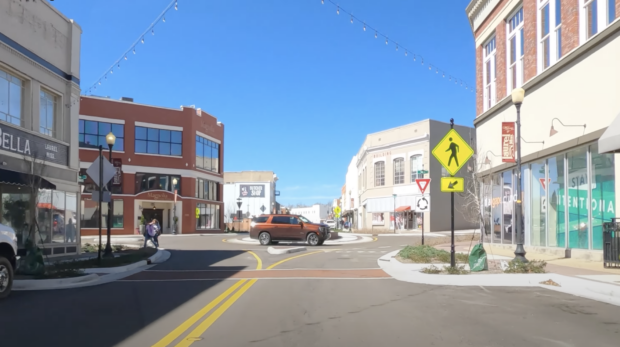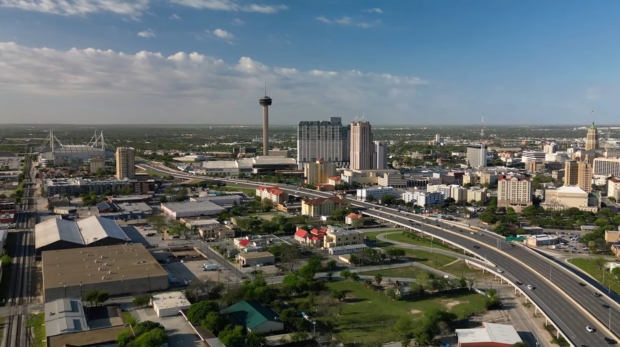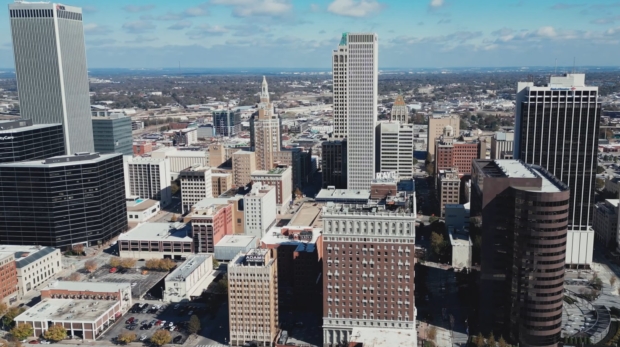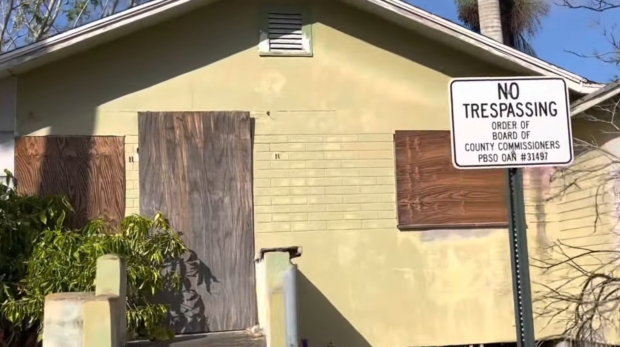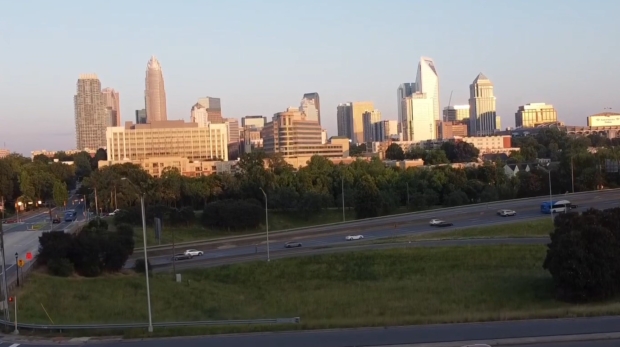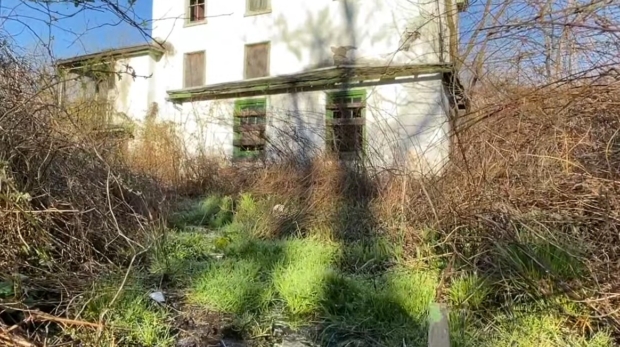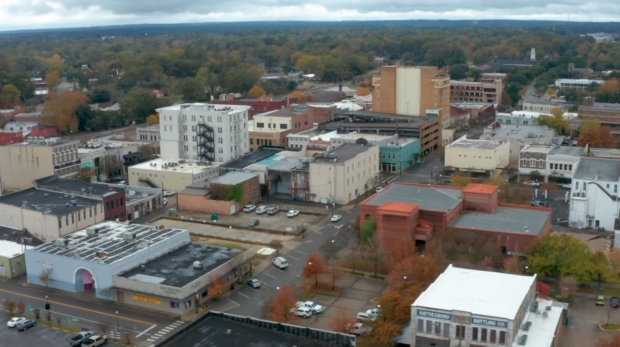10 Reasons Why Land is So Cheap on Anderson Island
Reasons Why Land is So Cheap on Anderson Island Anderson Island, situated in the southernmost region of Puget Sound in Washington State, is a concealed treasure. Its charming scenery and peaceful atmosphere have rendered it an appealing location for ...


